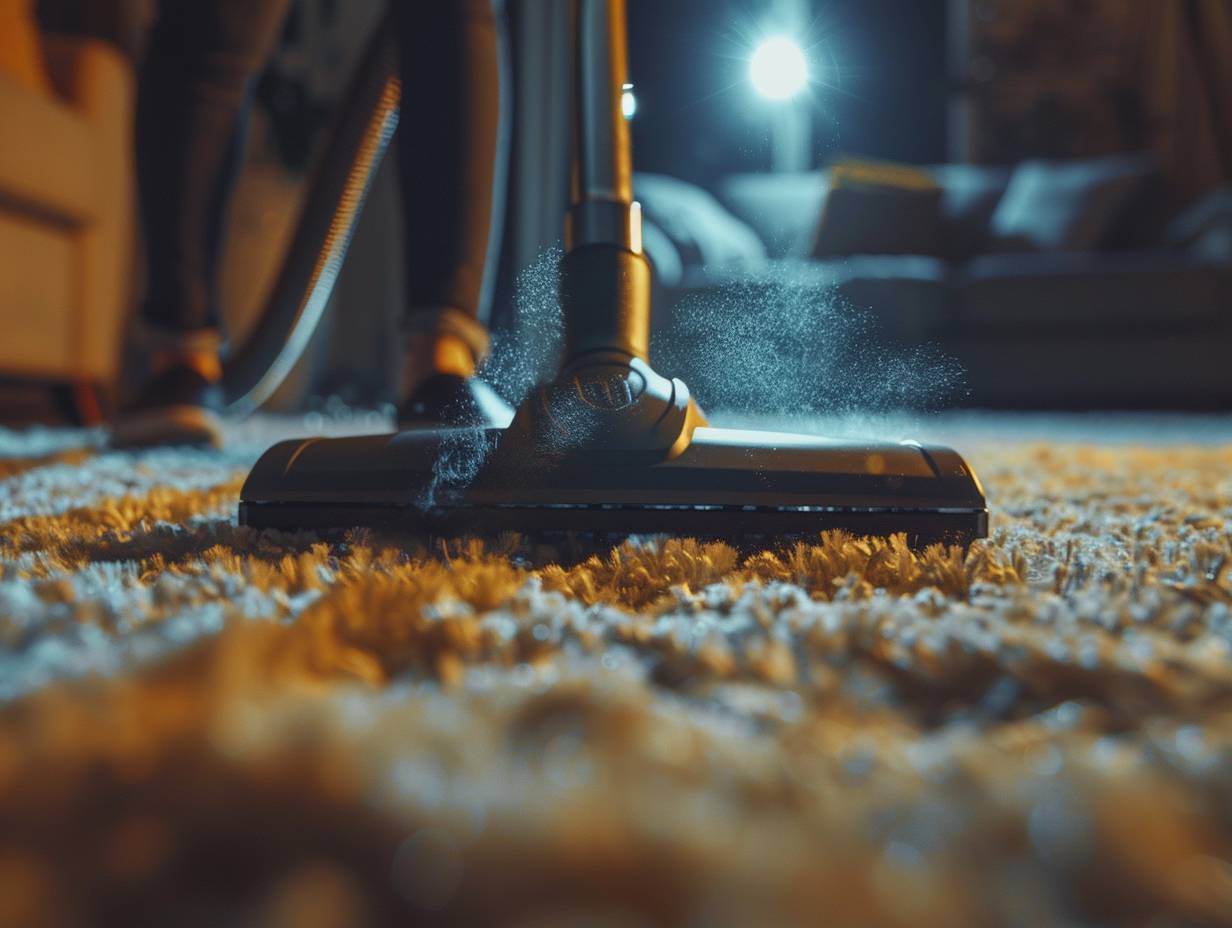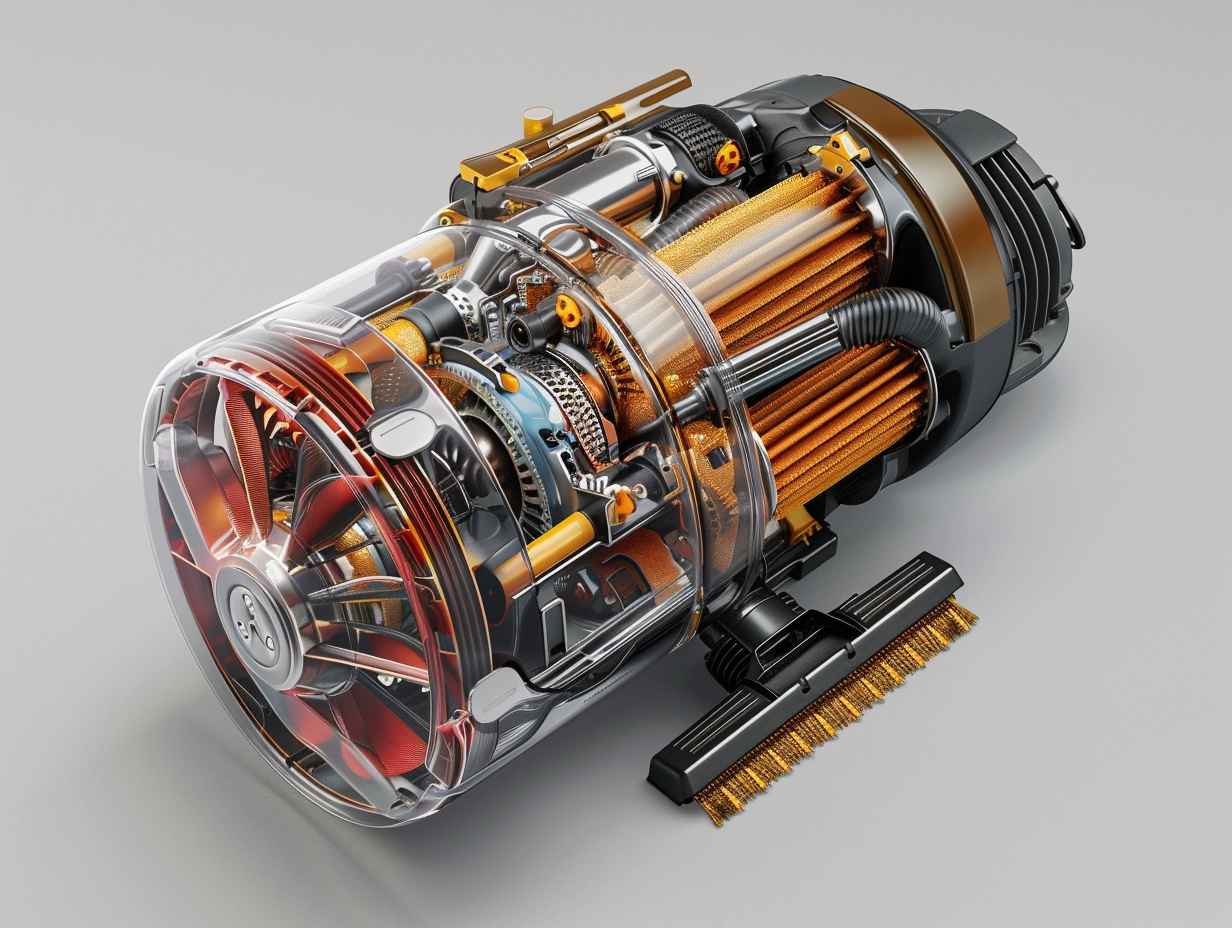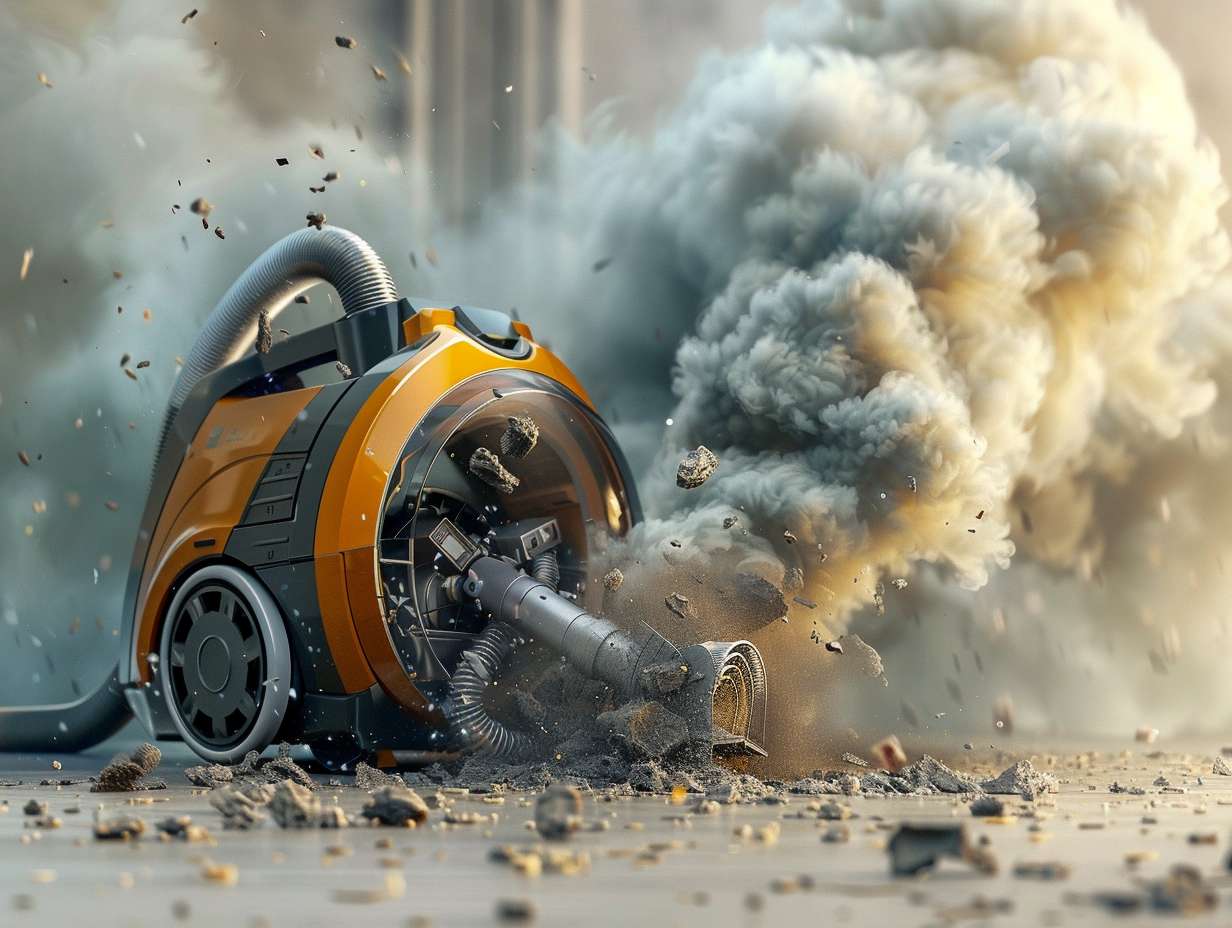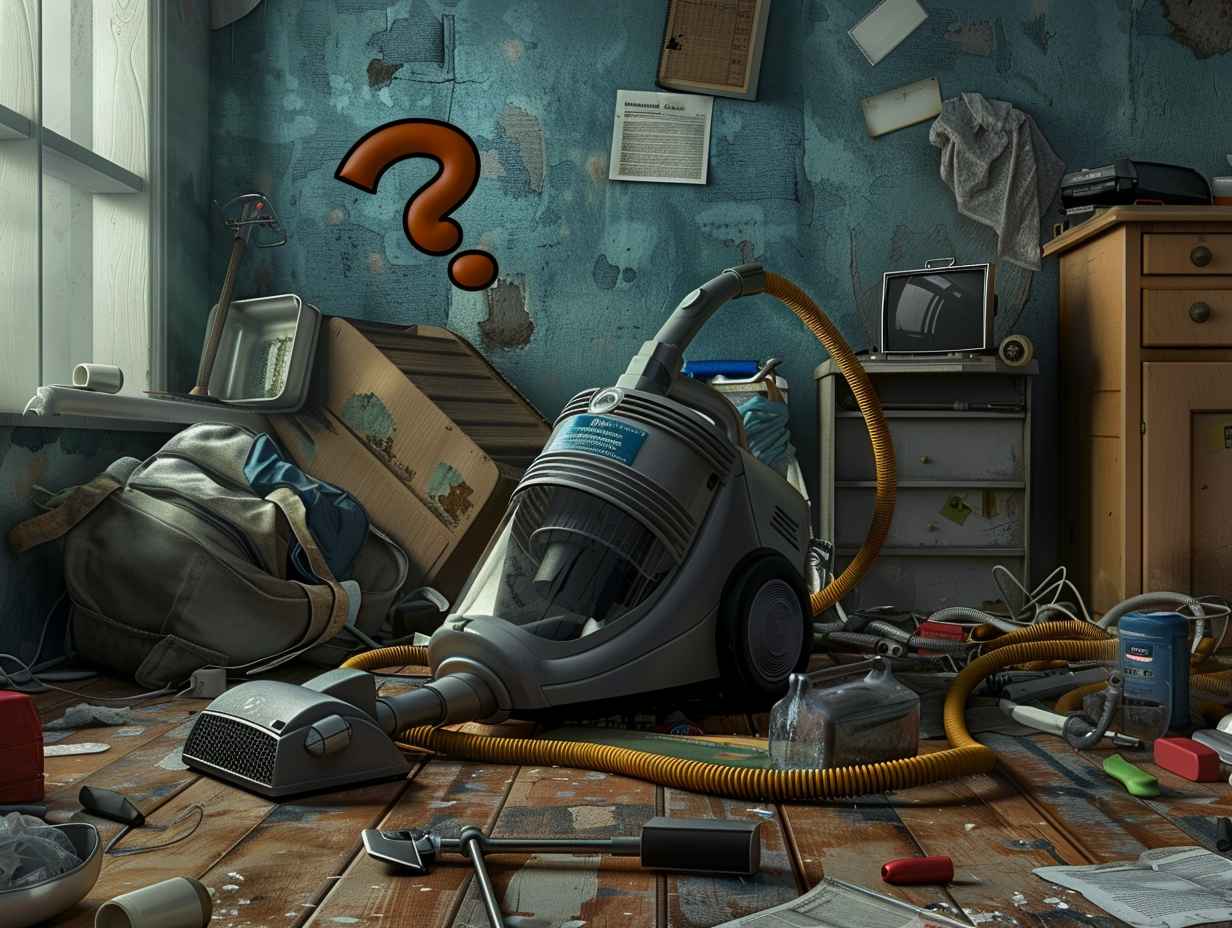
Why Do Vacuum Cleaners Make Noise

Ever wondered why vacuum cleaners, essential household tools for cleanliness, often produce such a cacophony of sound?
The answer lies in the intricate workings of their internal components and the physics behind their operation.
As you push your vacuum across the floor, the noise it emits serves a pivotal purpose beyond just being an audible annoyance.
In the following discussion, we will unravel the mysteries behind this common household noise and shed light on the factors that contribute to its presence.
Key Takeaways
- Vacuum cleaners make noise due to motor-operated fan blades creating air pressure differences.
- Optimal airflow and suction power are essential for efficient cleaning but can increase noise levels.
- Dust collection systems like filters and cyclonic separators help reduce indoor pollutants but may add to noise.
- Attachment design plays a role in noise reduction and overall cleaning effectiveness, enhancing the user experience.
Understanding the Motor Mechanism

Understanding how the motor in your vacuum cleaner works is important to grasp why it generates noise. The motor is a vital component that drives the suction power of your vacuum. When you turn on the vacuum, the motor activates, causing the fan blades to rotate rapidly. This rotation creates a difference in air pressure, with lower pressure inside the vacuum and higher pressure outside. As a result, air rushes into the vacuum, carrying dirt and debris with it.
The noise produced by the motor is primarily due to the rapid rotation of the fan blades. The high-speed movement of the blades causes vibrations, which in turn generate sound waves. Additionally, the motor itself can produce noise as electrical currents pass through its components. Factors such as the design of the motor, the quality of its construction, and the speed at which it operates can all impact the level of noise produced.
Impact of Airflow and Suction
When considering the impact of airflow and suction in your vacuum cleaner, the efficiency of these two factors directly influences its cleaning performance.
-
Airflow: The airflow in your vacuum cleaner determines how effectively it can lift dirt and debris off the floor. A strong airflow guarantees that particles are swiftly pulled into the vacuum’s cleaning path, leaving your floors cleaner in less time.
-
Suction Power: Suction power is vital for picking up debris of various sizes. A vacuum with high suction power can extract deeply embedded dirt from carpets and upholstery, providing a thorough cleaning experience.
-
Filtration: The filtration system plays a vital role in maintaining airflow and suction. A clogged filter can restrict airflow, reducing suction power and overall cleaning efficiency. Regularly cleaning or replacing filters will guarantee performance from your vacuum cleaner.
Understanding and optimizing the airflow and suction capabilities of your vacuum cleaner are key to achieving a cleaner living space with minimal noise disturbance.
Role of Dust Collection Systems

Efficient dust collection systems in vacuum cleaners contribute greatly to maintaining a clean and healthy indoor environment. By effectively trapping dust, debris, and allergens during the cleaning process, these systems prevent particles from being released back into the air, thereby reducing potential respiratory irritants and promoting overall air quality.
Dust collection systems typically consist of filters, bags, or cyclonic separators that capture and contain the dirt and debris vacuumed up from floors and surfaces. HEPA filters, for example, are highly efficient at trapping tiny particles, making them an excellent choice for households with allergy sufferers or individuals sensitive to dust. Bagless vacuums use cyclonic technology to separate dirt from the air, allowing for easy disposal without the need for replacement bags.
Regular maintenance of these components is important to ensure efficient performance and prevent clogs that could decrease suction power. By investing in a vacuum cleaner with a reliable dust collection system, you can effectively reduce indoor pollutants and maintain a healthier living environment for you and your family.
Importance of Attachment Design
A well-designed attachment system plays an essential role in the overall effectiveness and convenience of a vacuum cleaner.
-
Ease of Use: Attachments that are easy to connect and disconnect make it simple for you to switch between different cleaning tasks without any hassle. This convenience saves you time and effort during your cleaning routine.
-
Versatility: A variety of attachments designed for different surfaces and purposes allow you to effectively clean carpets, hard floors, upholstery, and hard-to-reach areas. Having the right attachment for each cleaning task guarantees that your vacuum cleaner performs efficiently.
-
Noise Reduction: Some attachments are designed with noise reduction features, such as brushes that minimize friction and dampen sound. A well-thought-out attachment design can help reduce the overall noise produced by the vacuum cleaner, creating a more pleasant cleaning experience for you and your household.
Addressing Common Noise Factors

To address common noise factors in vacuum cleaners, consider examining the motor and fan components for potential sources of excessive sound. The motor and fan are essential parts of a vacuum cleaner that can generate a significant amount of noise if not functioning properly. Here are some common noise factors to look out for:
| Noise Factor | Description | Solution |
|---|---|---|
| Important Components | Loose screws or parts can vibrate and create noise | Tighten all screws and check for any loose components |
| Blocked Filters | Blocked filters can cause the motor to work harder, producing more noise | Clean or replace filters regularly to prevent clogs |
| Worn Belts | Worn-out belts can slip or produce a high-pitched sound | Replace belts if they show signs of wear and tear |
Conclusion
Just like a symphony conductor orchestrating a masterpiece, the noise from a vacuum cleaner is the harmonious result of its motor mechanism, airflow, and attachment design working together in perfect unity.
Embrace the cacophony of sound as a reminder of the cleaning power at your fingertips, transforming chaos into cleanliness with every pass.
Let the vacuum cleaner’s song be music to your ears as you dance through the chore of cleaning.
Disclaimer: Some information is provided through AI. Users should always conduct their own research and consult with qualified professionals before making any decisions.Affiliate information declaration: We may earn revenue from the products referred on this page and participate in affiliate programs.


